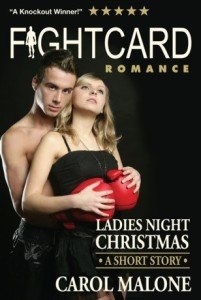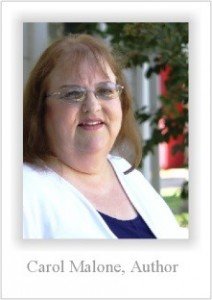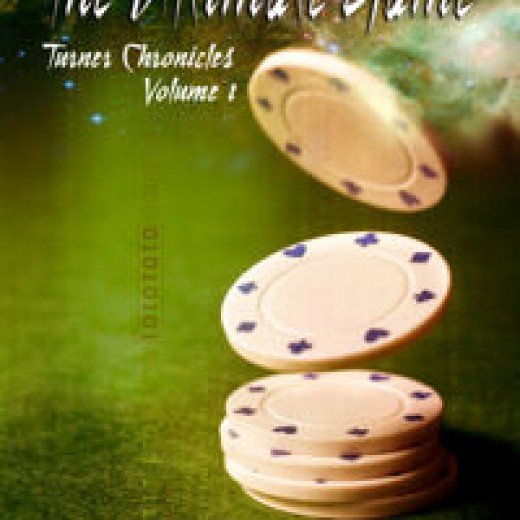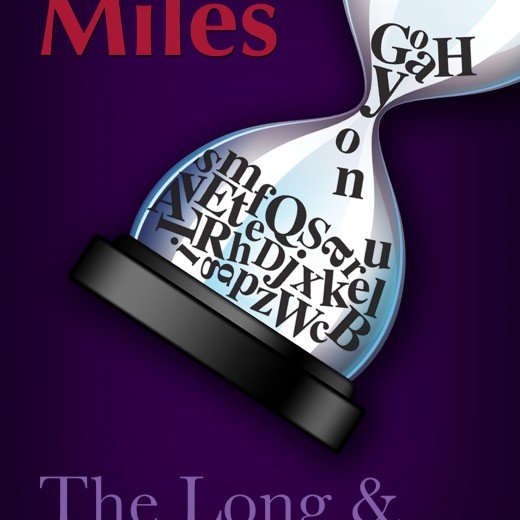Writing Dazzling Narrative Readers Won’t Skip Over by Carol Malone
 This material first appeared as part of course Carol taught within the Group Coaching Program for Novelists where she works as an assistant mentor. Click here for more information about the program where we help novelists write, edit, publish, and market their books in with joy, love, enthusiasm, and smarts.
This material first appeared as part of course Carol taught within the Group Coaching Program for Novelists where she works as an assistant mentor. Click here for more information about the program where we help novelists write, edit, publish, and market their books in with joy, love, enthusiasm, and smarts.
***
Welcome back author Carol Malone as we join her on another leg of her author’s adventures. Today she’ll share with us some tips for writing effective and useful narrative that will move your story forward and keep your reader from skipping over huge blocks of your writing. Enjoy!
***
“It was a dark and stormy night; the rain fell in torrents — except at occasional intervals, when it was checked by a violent gust of wind which swept up the streets (for it is in London that our scene lies), rattling along the housetops, and fiercely agitating the scanty flame of the lamps that struggled against the darkness.” — Edward George Bulwer-Lytton, Paul Clifford (1830)
What does the narrative description of the above scene tell you?
- Do you know where the story starts?
- Does the scene setting description work well?
- Is there too much information, or not enough, and does it serve a purpose?
BONUS: Do you know what point of view this classic opening is written in? That’s right, third person omniscient. You will get a boat load of happy writing wishes!
Let’s contemplate descriptions and narrative for a moment. What are they and why are they important to our stories?
Narrative is the method of telling a story or set of incidents using words that paint a word picture. Narrative could help you set the scene, describe your characters, establish point of view, further your plot, and help you possibly reveal clues, hints, or symbols that help keep your reader guessing.
“The Hollywood Legion Stadium was a living, breathing nightmare despite the colored Christmas lights hung up high on the walls. Lindy Doherty guessed the management attempted to give the bleak smelly arena a warm cheery glow. It didn’t help.” From Ladies Night Christmas by Carol Malone
Description should SHOW your reader your world. Mine was a boxing arena in 1950’s Los Angeles. Can you feel the place?
There are lots of ways to employ descriptive narrative in your stories.
“First, it is important to understand that literary elements in narratives include setting, plot, theme, characters, style/structure, perspective/voice, etc., since literary techniques are best understood in the context of one of these elements. Literary techniques include metaphors, similes, personification, imagery, hyperbole, alliteration, backstory, flashback, flash-forward, foreshadowing, and narrative perspective/point of view.” http://education-portal.com/academy/lesson/narrative-techniques-in-writing-definition-types-examples.html#lesson
When you think about writing narrative passages in your stories, there are some suggestions offered by the experts to think about and ponder before you write.
Consider what others have said:
- When writing in your novel and especially your narrative passages, it’s best if you could stay away from the word “was” as much as possible. It is not an active verb. “There was blue paint on the wall.” “She was sad.” “The rope was strong.” Not very interesting writing, is it?
EX: (Which is better): The really handsome fireman was sitting across the table from her. She was attracted to him. OR The fireman with a face and body like Henry Cavill sat across the table from her. Her hands quivered with desire.
Any better? There are not only active verbs in the last example, and some SHOWING instead of TELLING (another lesson) in her response, making the writing more dynamic and emotional. Words like: “sat” which is more active, and “quiver,” shows her attraction.
- Like Yoda said to Luke Skywalker, “Do or do not. There is not try.” Our characters shouldn’t “try” to do something. We want them to DO something, to be strong and active.
EX: The fireman was trying to put out the fire. OR The fireman sprayed the house fire with a two and one have inch fire hose.
Of course, if you character is a person with no confidence, you could still write their lack of self-assurance, but write it actively.
EX: Alexander dawdled along the road with slow, measured steps while he chewed on a shaft of straw like an old cow.
- Avoid overusing the words “seemed and began” as much as possible. Others have thought these words make your narrative weaker. You could think to yourself as your writing, “is this true or isn’t it.” Our characters or other things in our stories shouldn’t “begin” to accomplish something, just have them “do it,” as Nike says.
EX: The girl seemed to panic. OR Eleanor’s whole body trembled and she gnawed on her fingers.
EX: The rain seemed about to begin. OR It started to rain.
Consider the narrative in your own novels.
If you could take a moment and pick a paragraph of description narrative from one of your stories and try to re-work it using some of the techniques described. Notice that changing some of the “was”s and “trying”s will make it stronger, more active. If you are in a scene in one characters point of view, stay in their head throughout.
When you get a chance, please post your “a-hah” discovery moments on the thread or you could post your original narrative paragraph with the new, improved and jazzed up one. I challenge you to spice up your narrative if you have to have it at all. If you could share what you’ve learned in this brief lesson, post it below in the comments. Thanks!
***
ABOUT THE AUTHOR
 Carol Malone successfully combined her three passions—romance, sports, and writing in her 4 and 5-Star rated book, “Fight Card Romance: Ladies Night,”and her latest, “Fight Card Romance: Ladies Night Christmas,” a short story sequel. Carol became the first woman to punch her way into the male-dominated genre of pulp boxing with her tender love stories. She tempts readers to scramble into a front row seat for an action-packed thrill-ride. If not hammering out new tales, Carol is reading, watching sports or the Food Network on TV, or hanging with her author husband on the Coast of California. She loves her readers and invites you to come to her website to chat about sports and amour.
Carol Malone successfully combined her three passions—romance, sports, and writing in her 4 and 5-Star rated book, “Fight Card Romance: Ladies Night,”and her latest, “Fight Card Romance: Ladies Night Christmas,” a short story sequel. Carol became the first woman to punch her way into the male-dominated genre of pulp boxing with her tender love stories. She tempts readers to scramble into a front row seat for an action-packed thrill-ride. If not hammering out new tales, Carol is reading, watching sports or the Food Network on TV, or hanging with her author husband on the Coast of California. She loves her readers and invites you to come to her website to chat about sports and amour.
Website: http://carolmalone.net/
Facebook: https://www.facebook.com/carolmaloneauthor
Twitter: https://twitter.com/CarolAnneMalone






